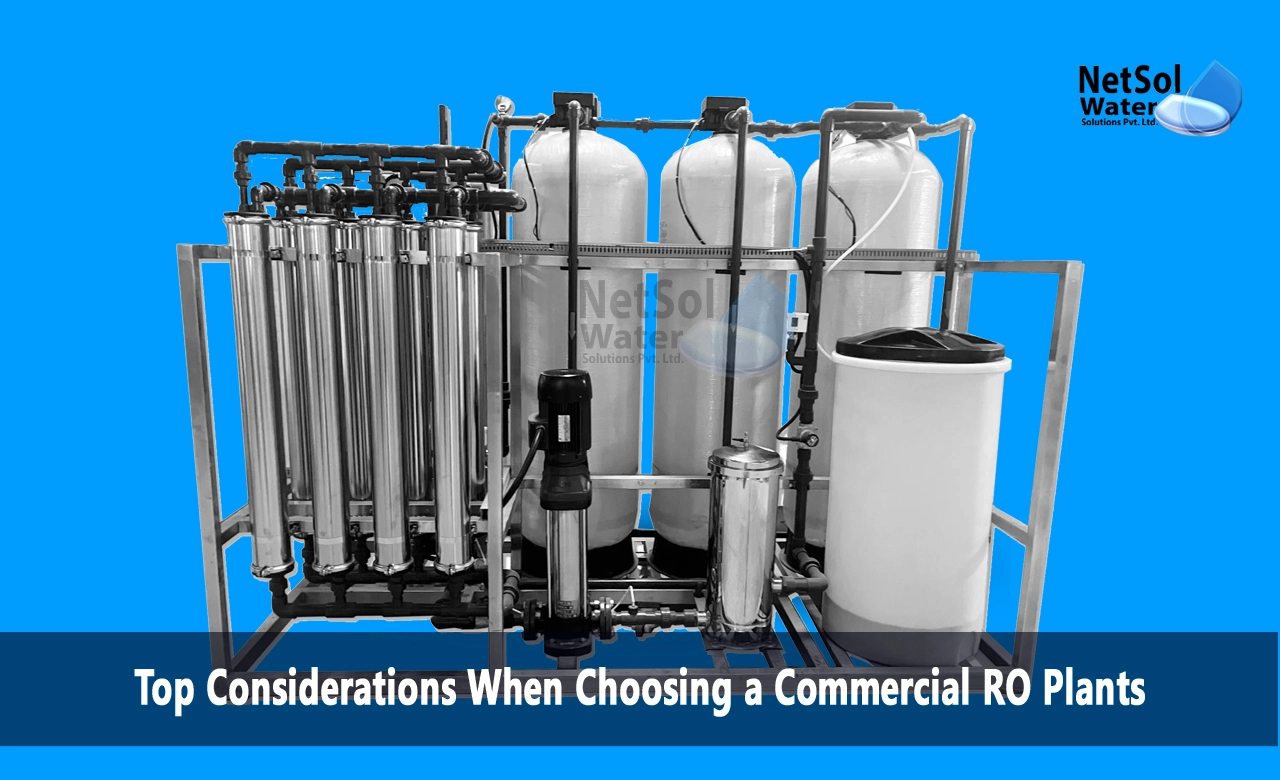What Should I Consid?er When Choosing a Commercial RO Plants?
Reverse osmosis (RO) filtration is an effective method of removing contaminants from water through the use of semipermeable membranes and pressure to push water through the membranes. RO filters are commonly used in commercial settings such as restaurants, hotels, hospitals and more to provide clean, safe drinking water. Choosing the right commercial RO plants for your needs is important to ensure proper filtration and water quality. Here are some top considerations when selecting a commercial RO plants.
Feed Water Quality Analysis
The first step is to test and analyze the feed water - the water source that will be going into the RO system. This allows you to understand the water contaminants, hardness, iron levels, and other factors. A full water analysis will indicate the water pretreatment required, the membrane type needed, and the RO system design. For example, surface water will need more thorough pretreatment compared to groundwater. The feed water quality can impact the life of the RO membrane and the overall efficiency of the system.
RO Membrane Type
RO membranes are the heart of the filtration system. There are different membrane materials like thin film composite and cellulose acetate, along with different membrane pores sizes like nanofiltration and low pressure RO. The membrane type should be chosen based on the feed water analysis. Larger pore sizes allow for higher water production rates but lower contaminant removal. A greater surface area can also increase filtration rates. The membrane configuration, such as spiral wound or hollow fiber, should also suit the desired application.
Pretreatment System
Pretreatment prepares the feed water before it reaches the RO membrane in order to prevent membrane fouling and scaling. Pretreatment steps may include sediment filtration to remove particles, activated carbon filtration to remove chlorine and contaminants, and softening to reduce hardness and mineral scale formation. The appropriate pretreatment system depends on the feed water quality. Proper pretreatment is crucial for membrane longevity and performance.
RO Stages and Passes
Multi-stage RO systems allow for increased contaminant removal and lower overall product water TDS by passing the water through two or more RO membrane stages. Systems with two-to-three stages are common in commercial settings. The first stage removes the bulk of contaminants, while subsequent stages provide polishing. Systems can also be designed as single pass or two-pass to further increase efficiency by passing the water through the system once or twice. The optimal system configuration depends on the desired product water quality.
Permeate Flux Rate
The permeate flux rate refers to the filtered water flow rate per unit of membrane area. It is expressed in gallons per square foot per day (GFD) or liters per square meter per hour (LMH). The flux rate depends on the feed pressure as well as membrane characteristics and temperature.
Recovery Rate
The recovery rate is the ratio of filtered water produced to feed water input into the system. Higher recovery means more efficient water use and lower waste but can increase concentration and scaling. Typical recovery rates range from 50-85%. The maximum limit depends on feed water salinity and scaling potential. Energy use must also be considered, as higher pumping is needed for higher recovery. The optimal recovery rate depends on the application.
Scaling and Fouling Prevention
As water is concentrated, scaling and fouling potential increases. Scaling occurs when sparingly soluble salts exceed saturation limits and precipitate on the membrane. Fouling is the accumulation of physically or chemically deposited material. Both scaling and fouling reduce system performance. Besides proper pretreatment, antiscalants and cleaning chemicals help control and reduce scaling and fouling in the RO system. Regular cleaning and maintenance is also key.
Automation
RO systems can be highly automated with advanced controllers, instrumentation and sensors to optimize and monitor system performance. These can track permeate conductivity, flow rates, system pressure, and other parameters. Automation allows remote monitoring and reduces labor requirements while improving efficiency, reliability and water quality control. The degree of automation should suit the application.
Floor Space and Installation Requirements
The RO system footprint can be large depending on the feed water flow rate, desired product water capacity, and system stages. Ample floor space is needed to allow room for membrane housings, pumps, piping runs, instrumentation and control systems. Installation requirements include electrical, power supply, piping connections, access, ventilation and more. Understanding the installation site is necessary for proper planning and design.
Initial and Ongoing Costs
Besides system capital costs, there are ongoing maintenance and operational costs for the RO plant over its lifetime. This includes costs for energy, replacement filters and membranes, cleaning chemicals, repairs, labor, monitoring, and consumables. These recurring costs can be substantial and must be considered along with the initial investment when evaluating commercial RO systems.
Conclusion
Choosing the optimal commercial RO system requires careful analysis of the feed water quality, desired product water specifications, capacity needs, operating constraints, and costs. Key considerations include proper membrane selection, pretreatment method, multi-stage design, flux rate, recovery rate, automation level, plant footprint and layout, and both capital and operation costs over the system lifetime. With good design that accounts for these factors, commercial RO plants can produce safe, high-quality water reliably and efficiently. Proper sizing and configuration of the RO system for the specific application is critical for long-term performance and cost-effectiveness.
Do you need an advice or assistance on selecting the best water and waste water treatment unit? We have solutions for all your problems!
Let us know your problem, our experts will make sure that it goes away.
For an assistance or related query,
Call on +91-965-060-8473 Or write us at enquiry@netsolwater.com



